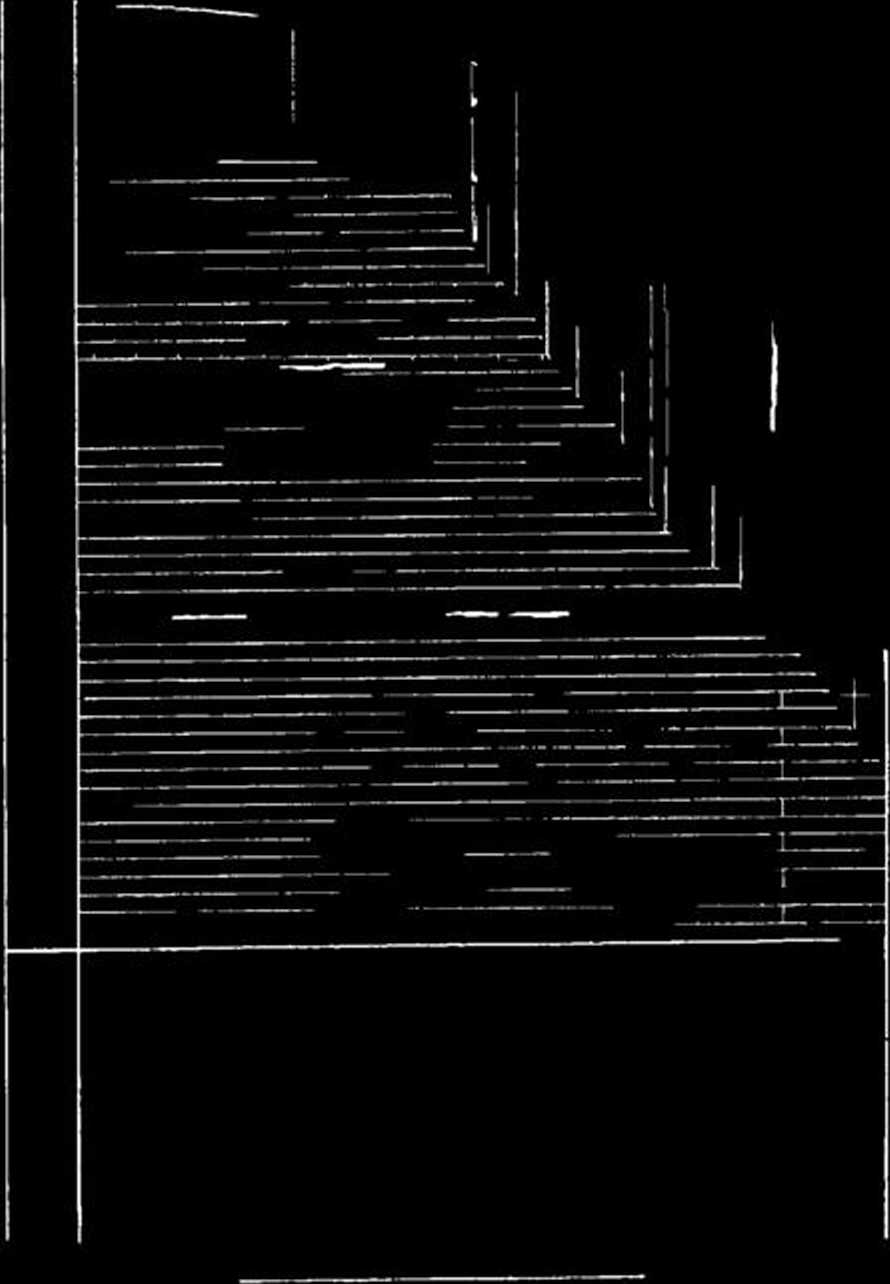8589356622
FUNT MINING OF « ENTRAL EUROPE 11
Very rich deposits of flint of various colours and of Upper Jurassic hornstones (malm) occur in thc south part of Frankische Alb, around the Danube in Bavaria, in thc region of Ingolstadt, Kelheim and Regensburg. So-called Plattensilex or Plattenhornsteine is another ty-pical raw materiał from this area, besides flint nodules. The colour of the hornstones and flints is usually from

Fig. 6. Lousberg near Aachen. Schematic section of thc flint occur-rcnces in thc limcstonc and slope deposits at thc flint minc and workshops on thc highest part of the site
Aftcr W.M.Fclder et alii
grey to blue. Pieces coloured yellow or brown also occur. Rarer is the greenish or bluish to black colour. Platy striped hornstones constitute another charactcristic group. Stripes of various colours and width are parallcl to the cortex surface. The thickness of the striped hornstones layer and of Plattensilex is freąuently of about 10 mm (Reisch 1973; 1974; Davis 1975, 19-23; Moser 1978 -where further literaturę is cited). Farther eastwards from Regensburg dark, fiat or kidney-shaped hornstones occur
Fig. 7. Tusimice. Chomutov dist. Quartzite nodules in the tnother sandstone rock in thc roof of gallery No. 1
After E.Neusiupny
in deposits around Ortenburg and Vilshofen (Davis 1975, p. 21 f.).
In Bohcmia ąuartzites are the best raw materials and they occur in the north-western part of the country, in the forcland of KruSne hory. Three types of quart-zites can be distinguished.1 The Tusimice type originates from the deposits directly to the east of Kadan (Fig. 7). The rock mass consists of fine sand grains cemented together and which havc a yellowish, or morę rarely a whitish or bluish colour (Neustupny 1963; 1966). The Bećov type of quartzite usually has a morę coarse--grained structurc than the Tusimice quartzite type and the colour varies from whitish through bluish and on to grey. In the archaeological literaturę it was discussed by K. Źebera (1966) and J. Fridrich (1972). The Skrsin type of quartzite has quite a smooth surface, and is of a grey colour with characteristic red stripes (which are not present on each flake). Quartzite deposits of Bećov and SkrSin type are found north-east of Most.
Another raw materiał frequently met in Bohemia is porcellanitc. The region of its occurrence is in Ćeskć stredohofi, betwecn Louny and Ćeska Lipa. Porcellani-tes in the region of Pardubice, and also at Bylany, orig-inate from the local deposits in Kuneticka hora, north of Pardubice. At the beginning when the tool is first madę the porcellanite gives a sharp edge. It is also easy to process. In contact with water it becomes soft. For
1 Ali basie information on raw materials from Bohemia I owe to Dr.S!avomil Vencl C.Sc. of the Institute of Archaeology ĆSAV in Prague; compare also Vencl 1971.
Wyszukiwarka
Podobne podstrony:
FUNT MINING OF CENTRAL EL ROPĘ 29 Fig. 38. Krasnoye Selo, Volkovysk dist. Shaft No 2 from excavation
FLINT MINING OF CENTRAL EUROPE 17 as “chains” (Fig. 16). Very big nodules (approx. 40 cm) are vcry r
File0032 a 1 Read the text and correct the sentences. I 1 Tom Hanks is not very rich. I 2 You ve Got
FLINT MINING OF CENTRAL EUROPE 15 Fig. 13. Gorzów Wielkopolski-Chwalęcice. Kłodawka rivcr gap at mor
FLINT MINING OF CENTRAL EUROPE 19 IV. REMARKS ON THE TER MS “MINĘ” AND “MINING” IN THE RESEARCH ON
FLINT MINING OF CENTRAL EUROPE 21 Fig. 20. Gorodok, Rovnc dist. Visncvaya Góra sile / — Plan of thc
FLINT MINING OF CENTRAL EUROPE 23 towards this view recently (1971, 120 f.; 1975, 162). As can be se
FLINT MINING OF CENTRAL EUROPE 25 loam laycrs to sandstone. Quartzite was extruded from thc sandston
FLINT MINING OF CENTRAL EUROPE 27 Fig. 34. Kalvśria Hill. Tata. Section of shaft 2 / - from thc Sout
FLINT MINING OF CENTRAL EUROPE 31 FLINT MINING OF CENTRAL EUROPE 31 Fig. 43. TuSimicc, Chomutov dist
FLINT MINING OF CENTRAL EUROPE 7 meration in the earth crust could bc rccognizcd as a de-posit. In p
FLINT MINING OF CENTRAL EUROPE 35 Fig. 51. Rijckholt—St.Geertruid, Maastricht dist. Schematic scctic
FLINT MINING OF CENTRAL EUROPE 39 1973, 185 187) and obscrvations madę by S. Krukowski at Krzemionki
FLINT MINING OF CENTRAL EUROPE 41 rounded; the other one is transversely “cut”, for use as a hammer
FLINT MINING OF CLNTRAL EUROPE 47 mon cultural tradition. Many years ago, J. K. Kozłowski showed tha
FLINT MINING OF CENTRAL EUROPE 49 Tablc 2. Radiocarbon dates from other areas of prehistorie flint m
FLINT MINING OF CENTRAL EUROPE 51 sia, in Opava Silesia, and in north-wcst Moravia. Jasper exploitat
53 FLINT MINING OF CENTRAL EUROPE Damon P.E., Łono A. 1962 Arizona Radiocarbon Dat es III, “Radiocar
FLINT MINING OF CENTRAL F.UROPEof chief siliceous rocks, mincs and probable min es in Central Europę
więcej podobnych podstron